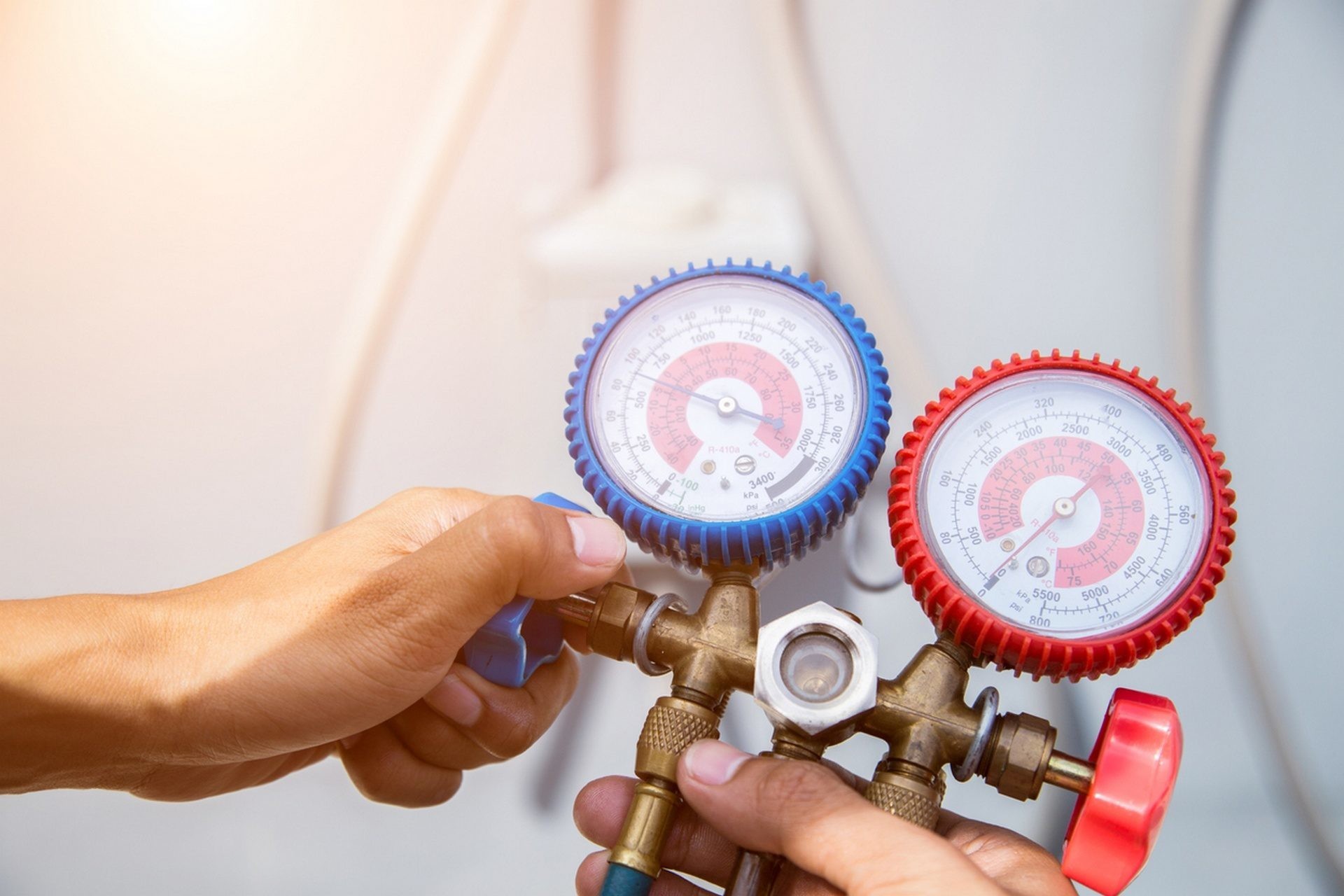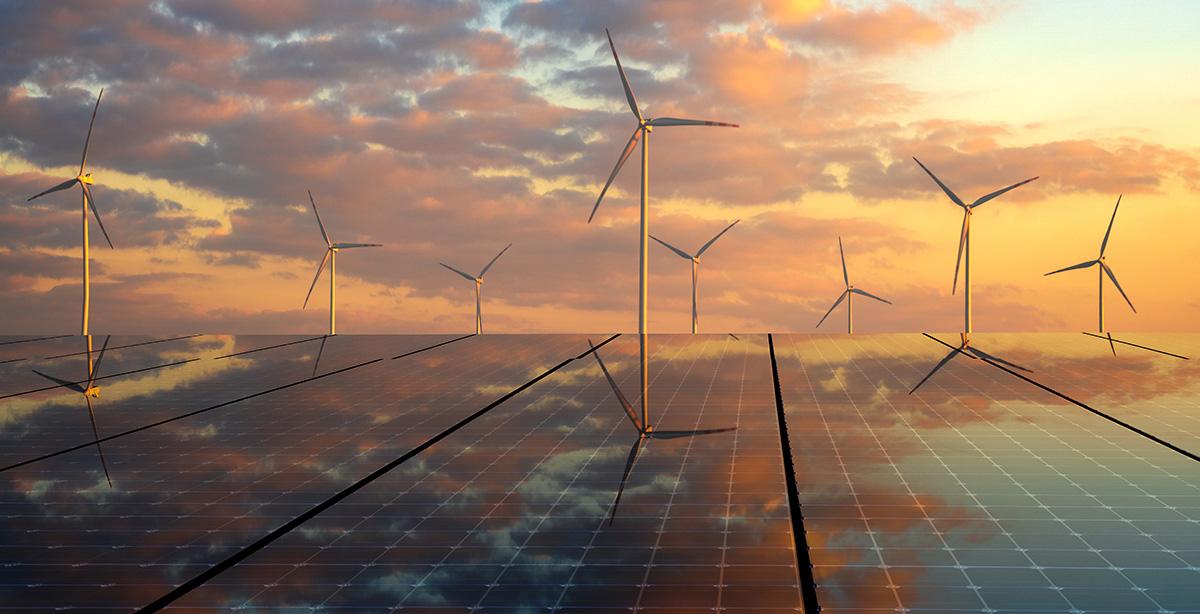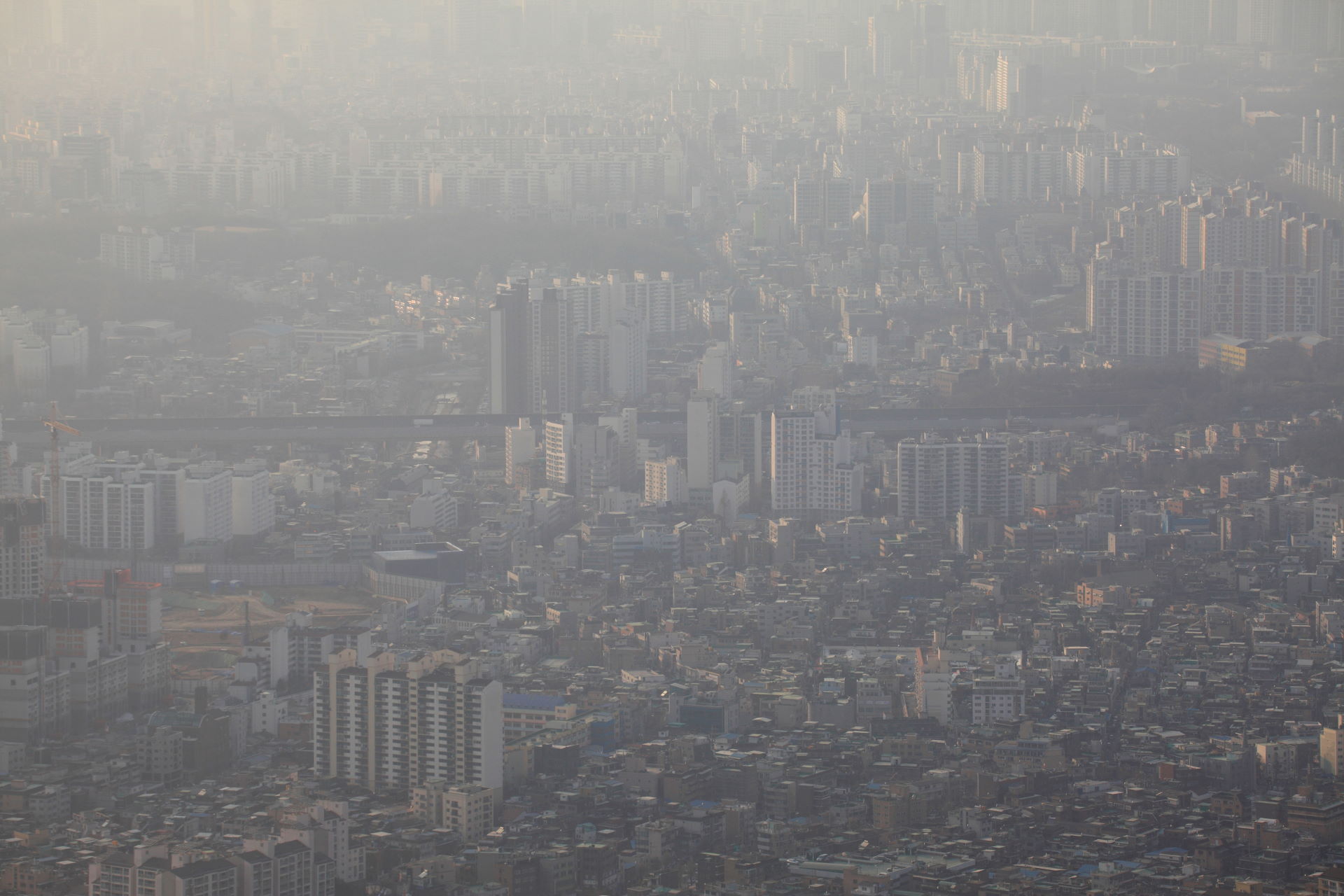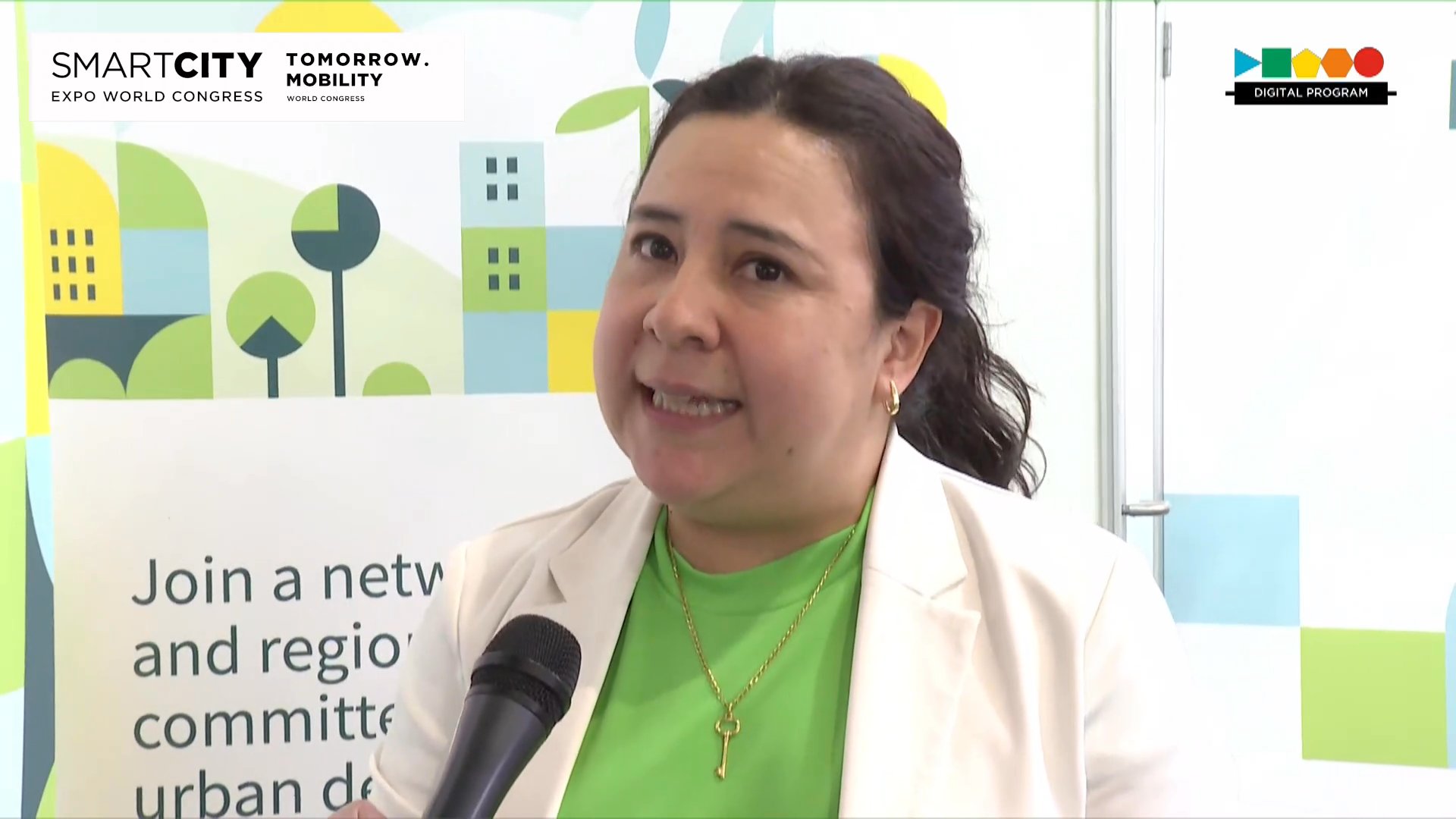Author | Jaime Ramos
The production and management of energy in cities is one of the most important aspects in the context of sustainable development. We can safely say that the industrial development of previous centuries was not forged on a firm basis of energy efficiency. It is now that we are facing the dilemmas regarding how we will be able to respond to increasing urban energy demands. Buildings, the most significant and iconic features of any city, are literally devouring urban energy.
In the European Union, 40% of energy consumption (and more than a third of greenhouse gas emissions) come from basic services including heating, cooling and hot water in buildings. This is why the energy sector is constantly looking for alternatives to alleviate this consumption, with smarter buildings and sources of energy.
What is geothermal energy?
We must remember that 81% of that energy comes from coal and oil combustion. Europe, through the European Green Deal, has set a target to reduce emissions in the construction sector by at least 60% by 2030, compared to 2015 levels. Additionally, the goal is to achieve a fleet of carbon-neutral and zero-emission buildings by 2050.
One of the solutions gaining popularity with institutions is geothermal energy. The technology associated with this renewable source of energy production seeks to use the Earth’s internal heat to replace fossil fuels. European legislation in Directive 2009/28/EC offers us the best and simplest of definitions:
‘geothermal energy’ means energy stored in the form of heat beneath the surface of solid earth
It involves using the flow of heat that exists within the earth’s crust. There are three systems: using hot springs, dry springs or even geysers. Depending on the location, more or less energy can be obtained. The geology offered by countries such as Iceland, Italy or New Zealand makes them ideal for installing geothermal plants.
The most natural form of heating

However, not all the regions of the world have a suitable terrain. This means the amount of energy that could be obtained from the soil would not be sufficient to offer competitive market prices. However, geothermal energy has an ace under the earth. It does not have to be used for large-scale energy production; there are techniques to apply it “solely” to heat buildings.There is no need to have one’s own volcanic region to do so. Low-enthalpy geothermal energy can be found in a whole host of areas at a depth of around 500 metres. Binary cycle systems that enable this heat to be used could save us up to 70% on our bills, not just our heating bills but our cooling bills too. The United States currently has 18 urban systems based on geothermal energy.
In Boise, Idaho, the city has over 30 kilometers of pipes that heat more than one million square meters of the urban area. Boise’s geothermal system supplies hot water at a temperature of 80 ºC to the city council’s buildings through an extensive network of pipes. It also serves an additional purpose: melting snow on the sidewalks during winter and heating the water in the municipal swimming pool.
Another notable example is Klamath Falls in Oregon. In this case, it is not a new initiative, as Klamath Falls began utilizing geothermal heat in the early 1990s. The city benefits from an underground geothermal site with temperatures ranging between 93 and 104 ºC. Its system services 23 commercial and institutional facilities. Additionally, it is used to melt ice on sidewalks and bridges.
Other uses depending on temperature
The use and development of geothermal energy depends on two factors: temperature and thermal fluid flow.
At very low temperatures (between 20 and 50 ºC)
- It is generally used as a heat exchanger in heating and cooling systems through a heat pump.
- It is also used to heat and cool individual homes and buildings that have underground thermal energy compartment systems.
At low temperatures (below 100 ºC)
- For industrial and farming processes.
- In urban heating and cooling systems.
- In spas or for domestic hot water.
Medium temperatures (between 100 and 150 ºC)
- It is used for thermal purposes in the residential, industrial or service sectors, among others.
- Additionally, it is used to generate electricity.
High temperatures (above 150 ºC):
- It transforms water vapor into electricity.
- For heating systems.
- Some household uses of geothermal energy include geothermal heating, underfloor heating, hot domestic water, and geothermal heat pumps for heating or cooling buildings.
ADVANTAGES OF GEOTHERMAL ENERGY

In addition to the previously mentioned benefits, geothermal energy offers several other advantages that make it a highly attractive renewable energy source, often more practical and versatile than many conventional energy sources.
- Its production is continuous, ensuring a reliable supply 24 hours a day, 365 days a year.
On average, a geothermal plant generates energy for 8,600 hours each year, whereas solar plants typically generate energy for only 2,000 hours annually. This constant energy production rate makes geothermal energy more predictable and easier to plan for.
- It allows double recycling
The plants have components that can be recovered and reused once the facility has reached the end of its life cycle. Furthermore, during operation, the flows are organized so that any unused heat is returned to the circuit through the vapor pipes that supply the plant, thereby saving energy.
- Geothermal facilities have a low visual impact and do not generate emissions. They occupy little space and are compatible with other uses.
Compared to large wind turbines and solar panels, geothermal plants require significantly less space. Whether it is a domestic system or a large-scale plant, most of the components are located underground. A domestic heat pump is approximately the size of a typical household appliance.
- It is silent.
Even at full operation, geothermal plants produce hardly any significant noise. This applies to both domestic systems and larger external plants, where the main external elements are the rotating turbines.
- It promotes energy independence.
By using national and locally sourced geothermal resources, countries can reduce their reliance on imported fossil fuels. This reduces the geopolitical risks associated with energy supply chains.
A complicated challenge, but with plenty of benefits
The challenge these systems are facing is closely related to their integration in the structure of urban energy flows. In any event, geothermal facilities are becoming increasingly popular with the authorities. The promising consortium GeoTech is testament to this. There are also examples in cities that are trying to change the way they produce energy. 98% of the energy that heats Copenhagen is from waste, with the same commitment, but a different methodology, to the system they are attempting to apply in China.
New York also has a giant network of steam pipes that heats its core. This supplies around 1,700 establishments and households and explains the traditional plumes of steam rising from the streets of New York. These urban methods prove that the change towards geothermal energy could play an essential part in the sustainability of smarter cities.
Images | iStock/A stockphoto, Tommy Kwak, Fusun Tut






















































